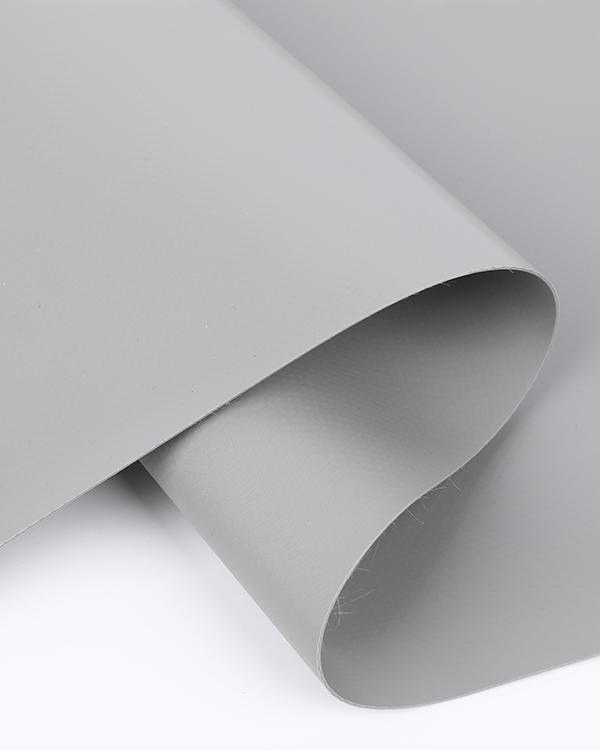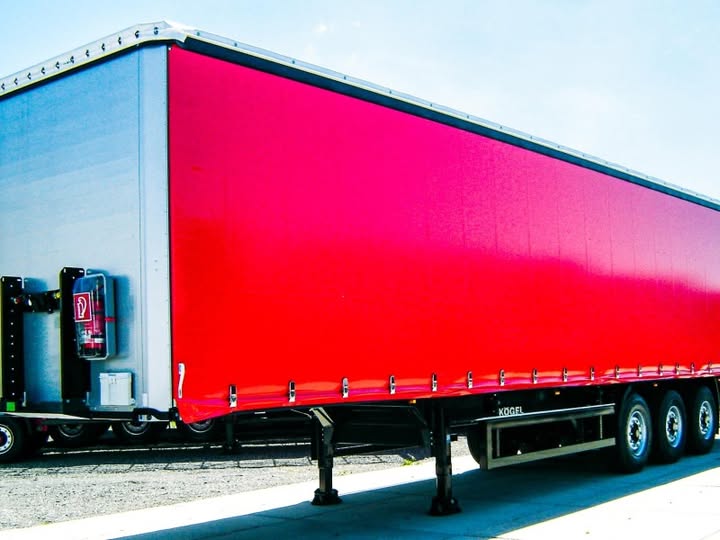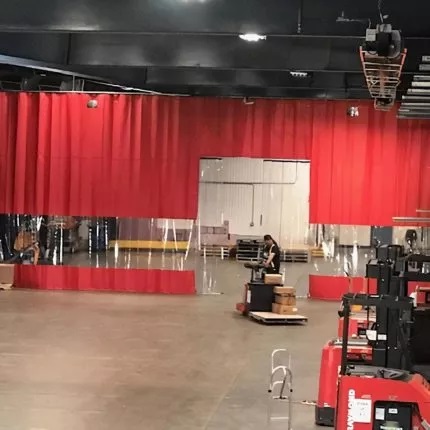Production Process of PVC Laminated Tarpaulin
Production Process of PVC Laminated Tarpaulin
The production process of PVC laminated tarpaulin involves multiple steps to ensure durability, weather resistance, and adhesion between layers. Below is a detailed breakdown of the manufacturing process:
1. Raw Material Preparation
Base Fabric: Typically polyester (PET) or nylon woven fabric (e.g., 500D, 1000D) for strength.
PVC Resin: The primary coating material, mixed with additives:
Plasticizers (e.g., DINP, DOP) for flexibility.
Stabilizers (e.g., calcium-zinc) for heat resistance.
UV inhibitors for sunlight protection.
Flame retardants (if required).
Color pigments (for desired appearance).

2. Fabric Pre-Treatment
Heat Setting: The fabric passes through an oven to remove moisture and wrinkles.
Scorching (Optional): Burns off loose fibers for smoother lamination.
Primer Coating (Optional): Enhances PVC adhesion to the fabric.

3. PVC Film Preparation
The PVC resin mix is extruded into a thin, uniform film.
Calendering: The molten PVC is pressed into sheets of precise thickness (e.g., 0.3mm–0.8mm).

4. Lamination Process
Method 1: Hot Melt Lamination (Most Common)
The PVC film is placed over the fabric.
Passed through heated rollers (120–200°C) under high pressure.
The heat melts the PVC, bonding it permanently to the fabric.
Method 2: Adhesive Lamination
A thermosetting adhesive (e.g., PU or acrylic) is applied between the PVC film and fabric.
Cured under heat for a strong chemical bond.
5. Cooling & Solidification
The laminated fabric is cooled rapidly to lock the layers together.
Ensures no warping or delamination.
6. Surface Finishing
Embossing: Rollers add texture (e.g., matte, glossy, or anti-slip patterns).
Top Coating (Optional):
PVDF coating for enhanced UV resistance.
Acrylic coating for better waterproofing.
7. Quality Control Tests
Peeling Strength Test (ASTM D751/ISO 2411) – Ensures layers won’t separate.
Water Resistance Test (ISO 811) – Checks for leaks.
Tensile Strength Test (ISO 13934-1) – Measures fabric durability.
Flame Retardancy Test (EN 13501/NFPA 701) – For safety compliance.
8. Cutting & Sewin
The laminated fabric is cut to size.
Edges are hemmed, welded, or reinforced with webbing/keder strips.
Grommets or eyelets are added for tie-downs.
9. Final Inspection & Packaging
Visual checks for defects (bubbles, uneven coating).
Rolled or folded for shipping.
Key Factors Affecting Quality
Temperature/Pressure Control: Critical for consistent lamination.
PVC Formula: Balances flexibility, UV resistance, and adhesion.
Fabric Quality: High-denier polyester ensures tear resistance.
Applications of PVC Laminated Tarpaulin
Heavy-duty truck covers
Industrial curtains
Marine and stadium roofing
Military and disaster relief tents